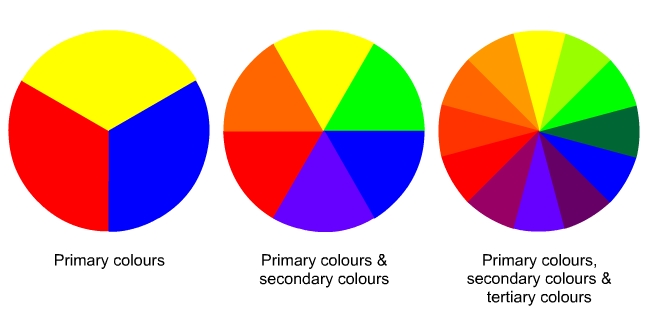- 14 Jan 2016 17:56
#14642194
Why is it necessary to rely on Hegelian dialectics for an understanding of history? Cannot historical materialism be preserved using other analytical tools?
My main objection is to the second concept (and by extension, the third). Not everything in history proceeds by contradictions of opposing forces, nor do crises exclusively form the basis of new systems.
I wish to proceed from an altered set of concepts:
Everything is transient and finite, existing in the medium of time.
Everything is composed of nested interlocking complex systems.
Change is internal, arising from constant communication within system elements.
Failed subsystems are those that do not adapt in a timely manner. If not corrected, failures lead to internally generated 'crises'.
Change is organic and non-directional, mediated by internal communication within systems.
Basically what I am trying to get away from is the dualism that pairs every element of a system with an opposing force.
The Immortal Goon wrote:Do you think the fact that things change is a supernatural force?
Why is it necessary to rely on Hegelian dialectics for an understanding of history? Cannot historical materialism be preserved using other analytical tools?
Fichtean Dialectics (Hegelian Dialectics) is based upon four concepts:
Everything is transient and finite, existing in the medium of time.
Everything is composed of contradictions (opposing forces).
Gradual changes lead to crises, turning points when one force overcomes its opponent force (quantitative change leads to qualitative change).
Change is helical (spiral), not circular (negation of the negation).
My main objection is to the second concept (and by extension, the third). Not everything in history proceeds by contradictions of opposing forces, nor do crises exclusively form the basis of new systems.
I wish to proceed from an altered set of concepts:
Everything is transient and finite, existing in the medium of time.
Everything is composed of nested interlocking complex systems.
Change is internal, arising from constant communication within system elements.
Failed subsystems are those that do not adapt in a timely manner. If not corrected, failures lead to internally generated 'crises'.
Change is organic and non-directional, mediated by internal communication within systems.
Basically what I am trying to get away from is the dualism that pairs every element of a system with an opposing force.
The old world is dying, and the new world struggles to be born: now is the time of monsters. -Antonio Gramsci




























 - By Fasces
- By Fasces